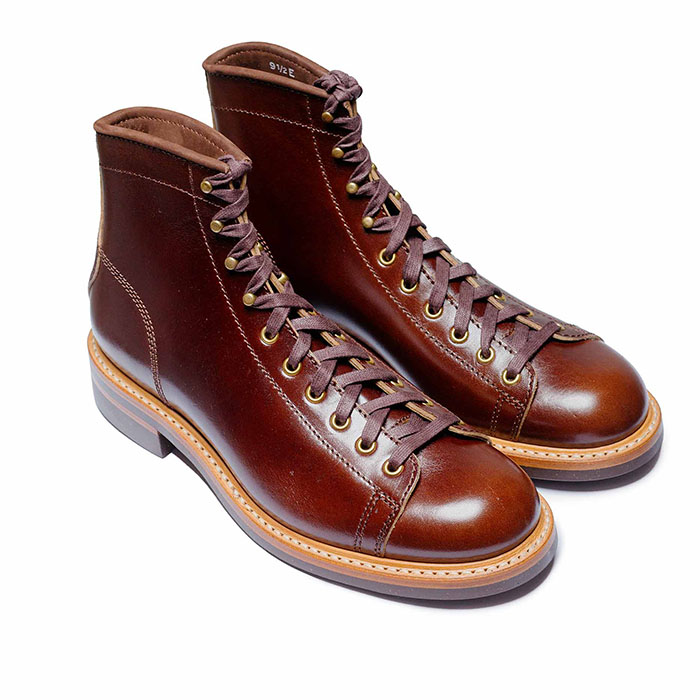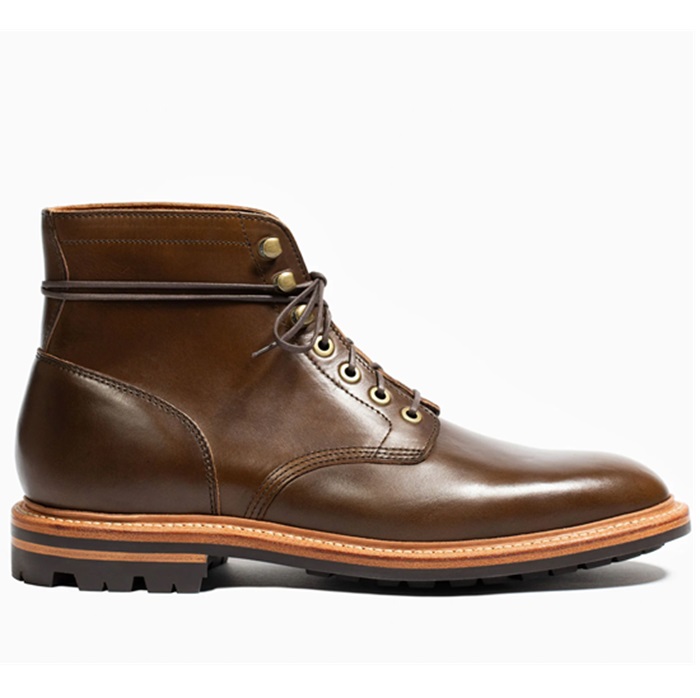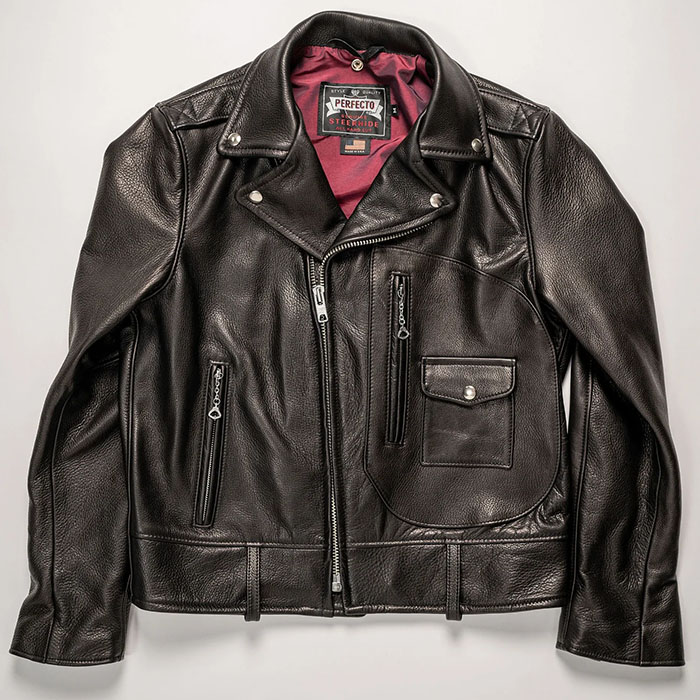Thanks, Matt. These yellow liner covers come in several different materials it seems. Most of them made of cellophane, made out of cellulose fibers of cotton, hemp or wood. We usually assume this was used in hats mostly in the fifties, but the first factory to produce the stuff in the US was DuPont in 1924. The French already produced it from at least 1912 onward and exported it to foodproducers in the US. So it certainly was available in Europe well before WWII. I'd have to take a deeper dive to see if I can come up with a dated example of its use before the war in hats. Not definite proof (yet) but a fun subject to take a deeper look into.Thanks, Stefan, for your assessment. I also initially considered the possibility of this hat being pre-war, based on the lettering. But then I decided against it, as the lining shows remnants of an onion skin (?), which I always assumed must be post-war, since I only have/know well-dated examples from the 1950s. Therefore, I would have estimated this hat to be from the late 1940s/early 1950s. Can you tell me when this often yellowed protective lining layer made of plastic (what is it actually made of) began to be used on European hats? Is there any evidence at all to answer this question?
I asked my hatter once to try to replicate the old liners with various cellophane materials. We came pretty close, but it's tough to find and in the end the question was why cover up nice liners anyway? It's not like I have any hair to use hairproducts on I need to protect my liners from


